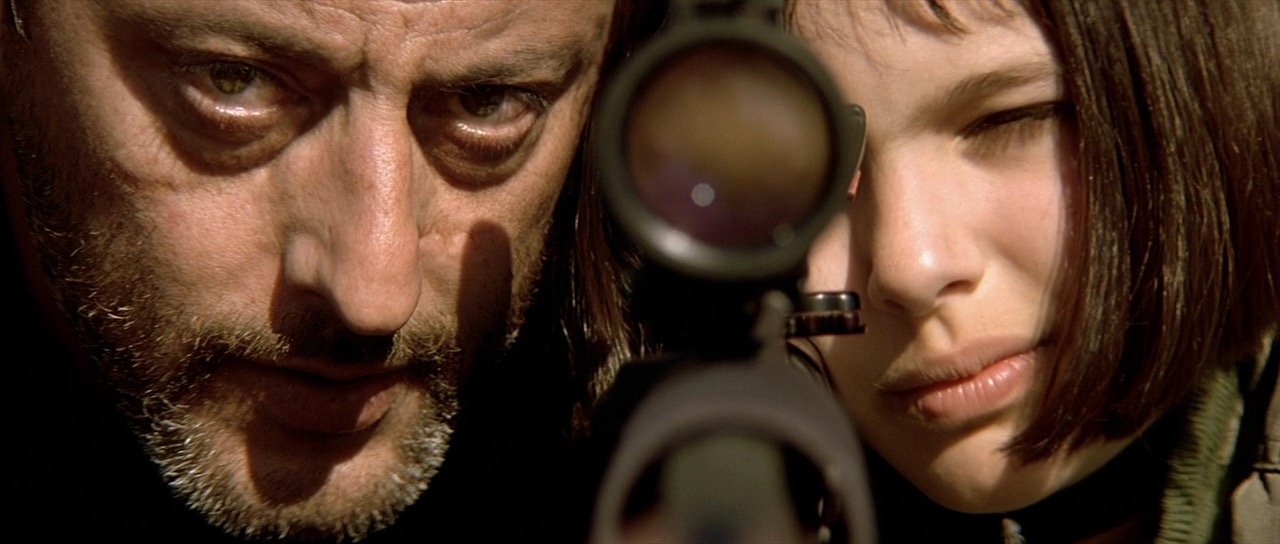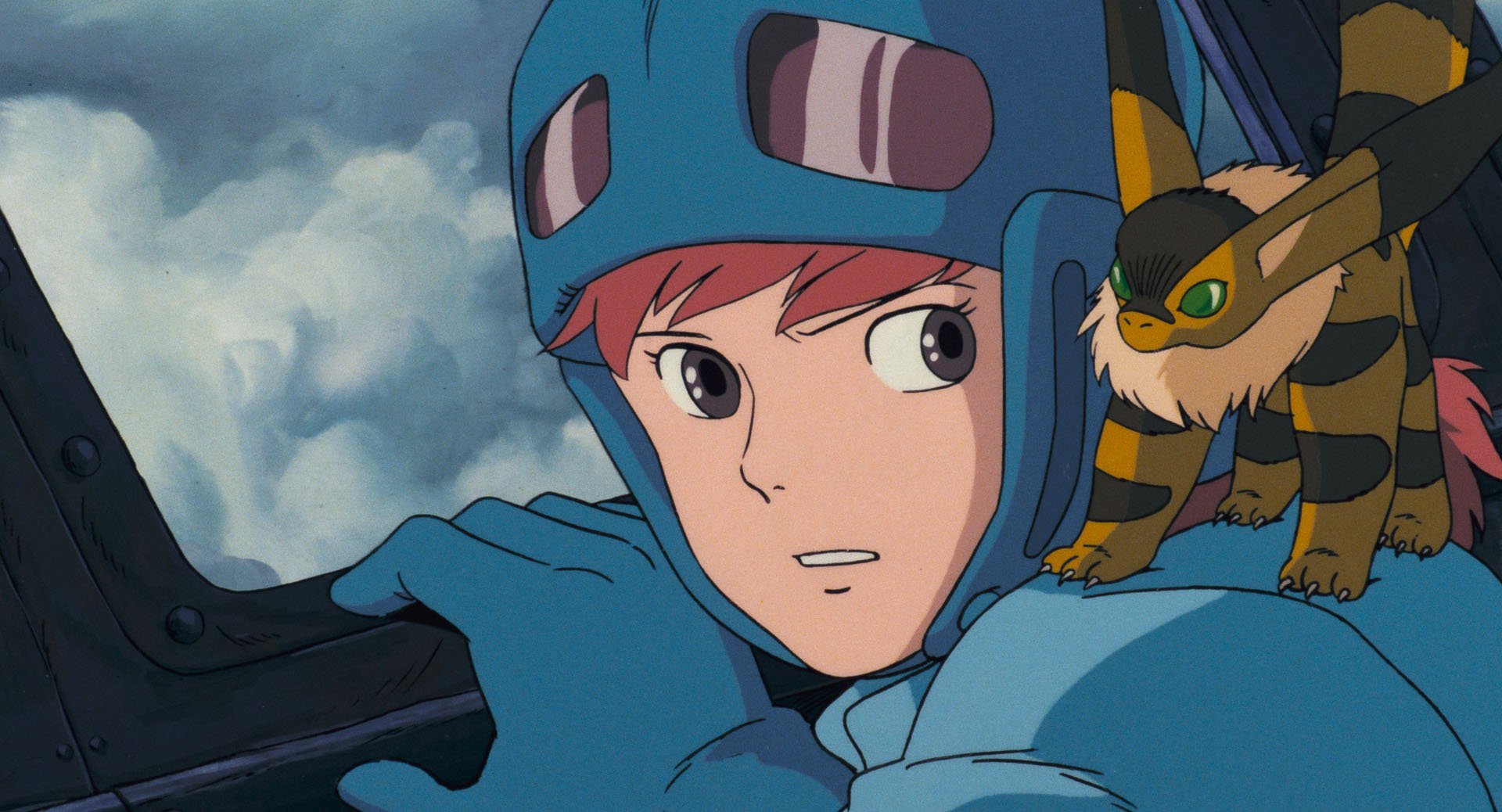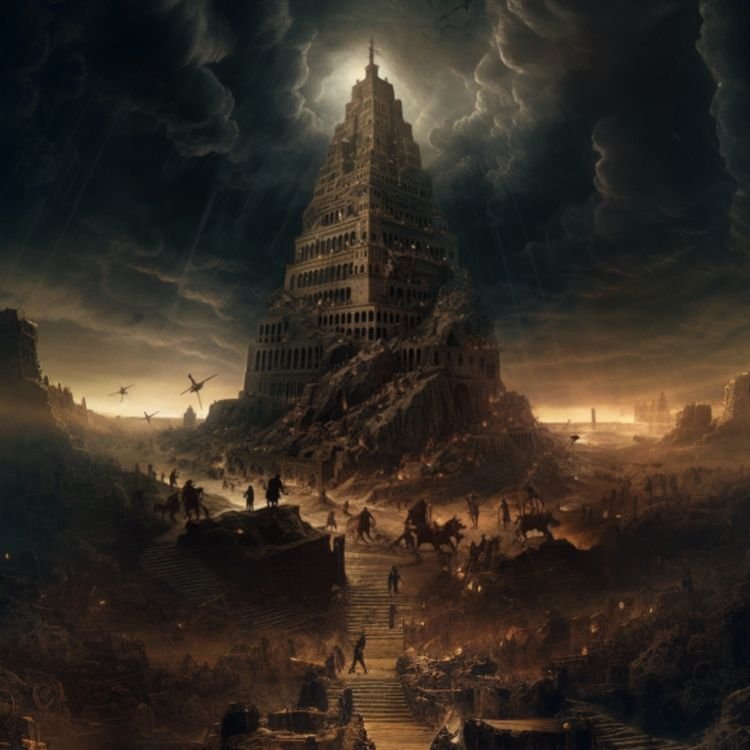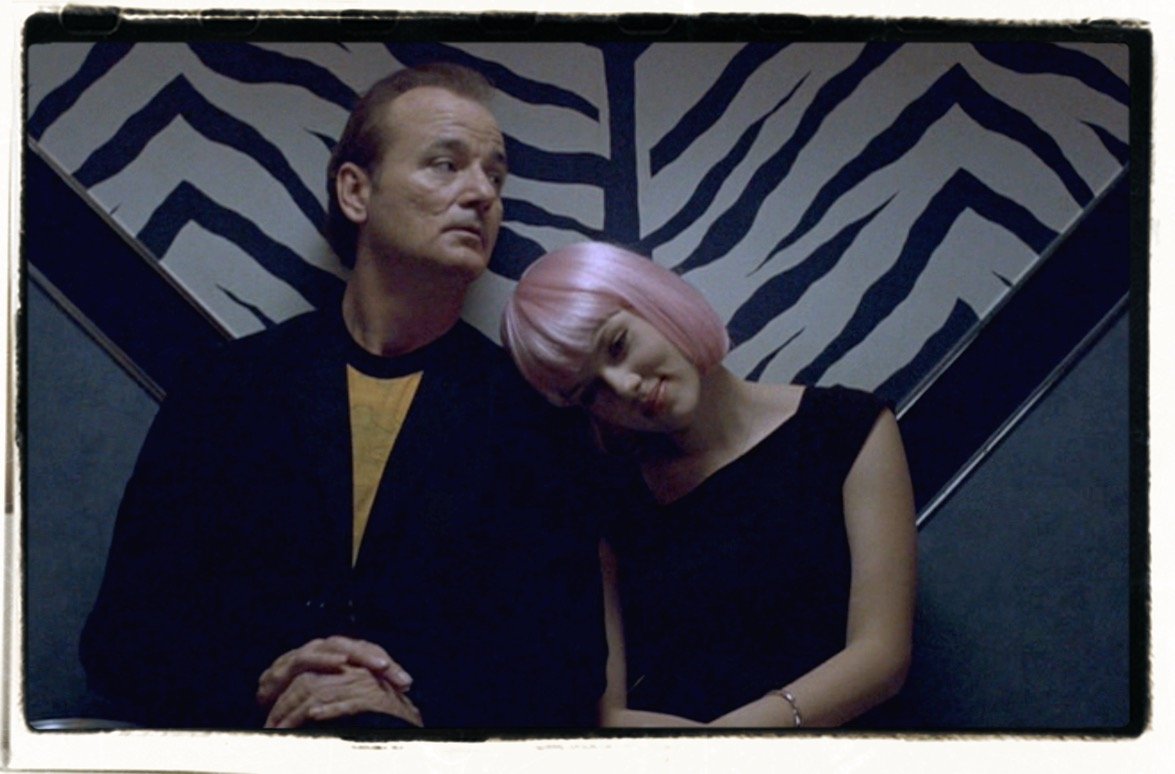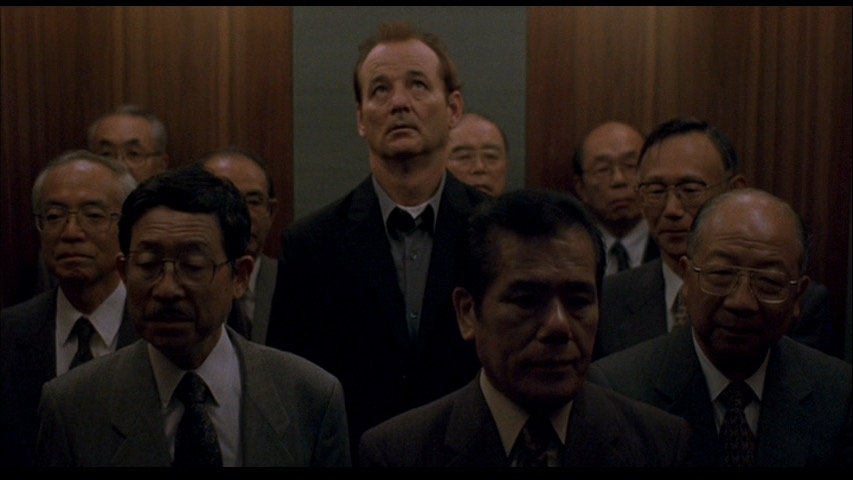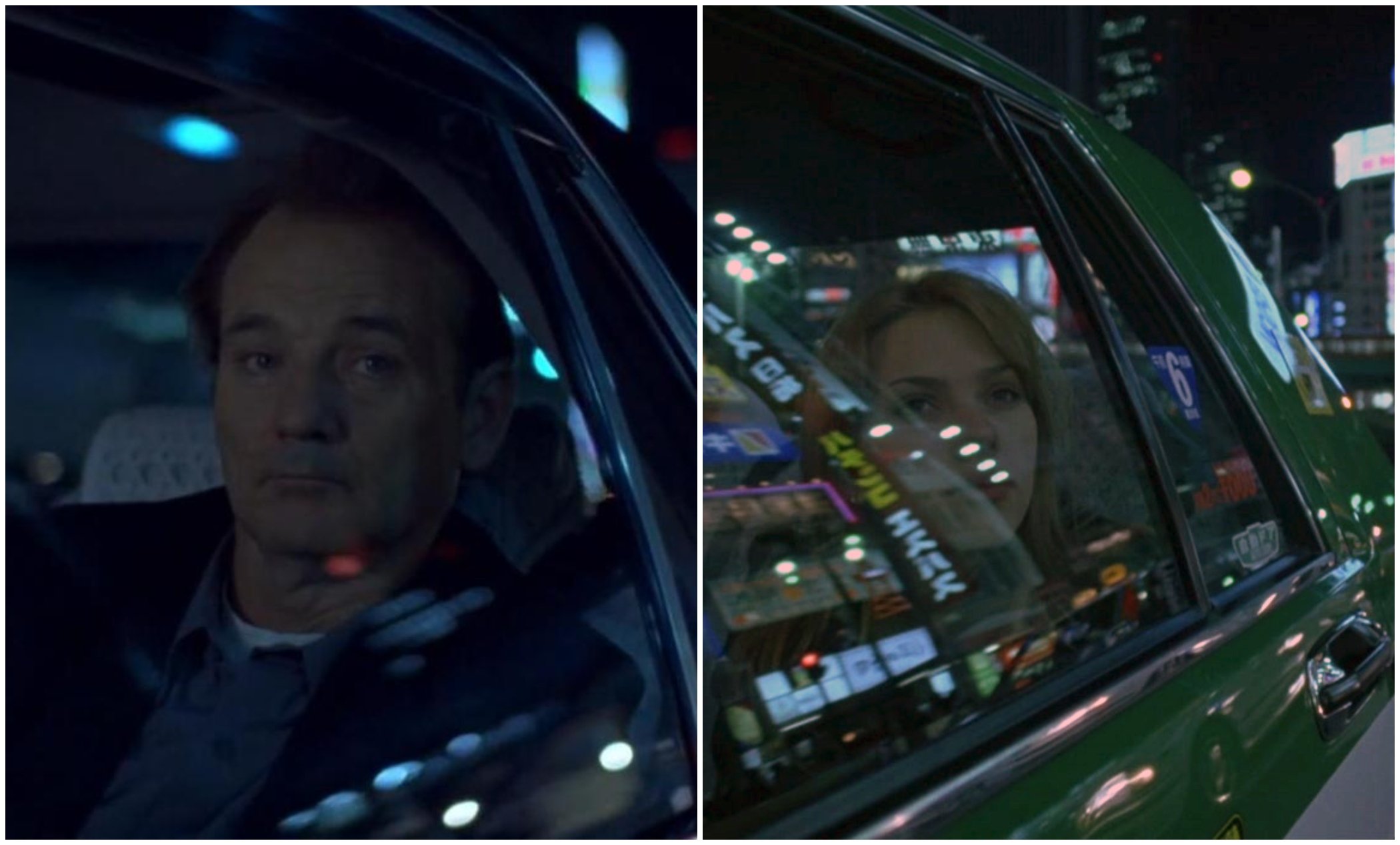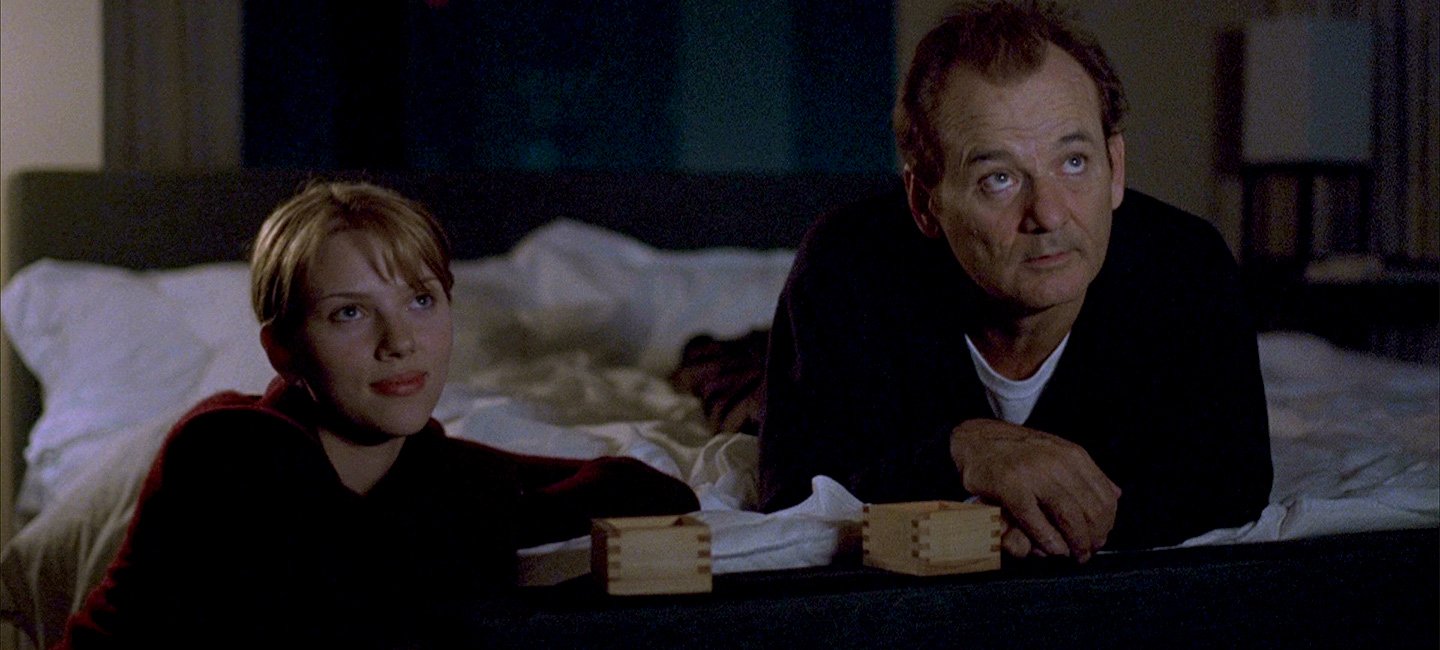Leon Revisited: A Modern Day Shakespearean Tragedy.
It all begins with an idea.
Leon: The Professional: a timeless masterpiece that explores many of the themes found in Shakespearean tragedies.
Having an older brother is great for getting exposed to super-violent films at a young age. In my case, I was about 12 years old when I was witnessed Leon for the first time. It has been nearly three decades since this masterpiece of cinematography and storytelling Leon the Professional was released. It is one of the very few movies that I can re-watch again and again without getting bored. And I realized why this is the case. I have always admired this movie for it’s cinematic brilliance, the cinematography, the acting, the characters and the there are two loners in the movie. Rarely is it analyzed for its emotional resonance, and I dare say profound spiritual themes. From a spiritual and personality perspective, the movie offers a unique exploration of connection, and redemption that makes it resonate deeply with people even if they don’t know why. The movie’s exploration of human complexity and its emphasis on emotional growth make it a timeless tale of the soul's capacity for healing and transcendence.
Like many Shakespearean tragedies, Leon explores profound emotional connections amidst a backdrop of violence and chaos. The bond between Léon and Mathilda is pure yet tragic, echoing relationships like Romeo and Juliet, where love blooms in an environment destined for heartbreak. e
Leon: The Tragic Hero
Léon, is a Shakespearean tragic hero, a complex character with noble qualities and fatal flaws. His isolation, naivety in emotional matters, and violent lifestyle ultimately lead to his demise.
Much like Hamlet, Léon is a man torn between his personal morality and the violent world he inhabits. His life as a hitman has left him emotionally isolated and socially stunted, evident in his childlike habits, such as caring for his plant and adhering to a regimented lifestyle. However, Léon's growing bond with Mathilda awakens his humanity, transforming him from a solitary killer into a protective guardian willing to sacrifice his life for her safety. This selflessness mirrors the nobility often found in Shakespearean heroes like Hamlet or Othello—flawed individuals whose honorable intentions drive their actions, even as they face inner and external turmoil.
Mathilda's Journey: Innocence Lost and Hope Gained
Mathilda's journey mirrors a Shakespearean tragedy, marked by loss, complex relationships, vengeance, and her role as a symbol of hope and redemption in a bittersweet resolution.
Mathilda's Journey: Innocence Lost and Hope Gained
Much like Shakespearean characters who experience profound loss, such as Hamlet grieving his father, Mathilda's story begins with tragedy. The brutal murder of her family acts as a catalyst for her journey, thrusting her into a world of violence and forcing her to navigate complex emotions far beyond her years. Like many Shakespearean characters, Mathilda is defined by her complex and morally ambiguous relationships. Her bond with Léon, though rooted in genuine care and need, blurs the lines between familial love, dependence, and a deeper, misunderstood connection, much like the layered relationships in Shakespeare’s plays (e.g., Desdemona and Othello or Hamlet and Ophelia).Mathilda's quest for vengeance against Stansfield mirrors the thirst for retribution seen in Shakespearean figures such as Hamlet or Laertes. Her need to avenge her family’s death becomes a driving force in her character arc, highlighting the destructive nature of revenge and its emotional toll.In Shakespearean tragedies, young and innocent characters often symbolize hope or redemption for the flawed heroes around them. Mathilda serves this role for Léon, helping him rediscover his humanity and ultimately giving him a purpose greater than himself, much like Cordelia’s impact on King Lear.Mathilda’s fate at the end of the film is not entirely tragic, as she is given a chance to start over, but it carries the bittersweet weight of loss and hardship. This mirrors Shakespearean endings where surviving characters, like Fortinbras in Hamlet or Malcolm in Macbeth, must carry forward the legacy of those who have fallen.
The film juxtaposes innocence (Mathilda’s youth) with corruption (Stansfield’s abuse of power) and explores how violence and trauma erode innocence.
The Exploration of Morality
Shakespearean tragedies are rich in moral exploration, delving into the consequences of human ambition, ethical dilemmas, and the struggle between virtue and vice.
The movie challenges traditional notions of right and wrong. Leon, a hitman, and Mathilda, seeking revenge, operate in morally gray areas but are portrayed with deep humanity. This ambiguity prompts viewers to reflect on the nature of morality and the complexities of human behavior. People act depending on the nature of their circumstances and may not also have the option to do the morally virtuous thing.
Shakespeare frequently blurs the lines between good and evil, highlighting the complexity of human morality. Characters often grapple with conflicting loyalties, personal desires, and societal expectations.
The film juxtaposes innocence (Mathilda’s youth) with corruption (Stansfield’s abuse of power) and explores how violence and trauma erode innocence.
Léon’s willingness to protect Mathilda, even at the cost of his own life, represents a shift from self-interest to altruism, suggesting the possibility of moral redemption even for those with a dark past.
Themes of Revenge and Justice
In Shakespearean Plays: Revenge is a recurring theme, often tied to personal loss and moral dilemmas. Characters seeking vengeance grapple with the cost of their actions. Hamlet’s quest to avenge his father’s murder drives the play’s moral tension. Similarly, in Titus Andronicus, the pursuit of revenge leads to a cycle of violence and destruction. In Léon: Mathilda seeks revenge for her family’s murder, and Léon becomes her protector and avenger. The film, like Shakespeare’s plays, questions whether vengeance can restore balance or merely perpetuate further loss and suffering.
The corruption and moral ambiguity of authority figures.
In Shakespearean tragedies, figures of authority frequently embody moral corruption, exploiting their power for personal gain or succumbing to greed and ambition. This corruption destabilizes the social order and drives the tragic narrative.
Themes of Sacrifice and Redemption
Léon ultimately redeems himself by giving Mathilda a chance at a better life, mirroring the self-sacrifices seen in characters like Hamlet or King Lear.
Leon’s willingness to risk his life for Mathilda’s safety marks his ultimate redemption. It’s a spiritual act of selflessness, transforming him from a taker of lives to a savior. His death is not in vain; it ensures Mathilda’s survival and symbolizes the spiritual concept of finding peace through acts of love and sacrifice. For Léon, his death is also a form of freedom. His life as a hitman had trapped him in an existence of violence and isolation. In sacrificing himself, he not only liberates Mathilda but also frees himself from a life that had little meaning or joy until their bond formed.
Final Thoughts
The essence of a Shakespearean tragedy, if boiled down to one thing, is the exploration of human flaws and the inevitable consequences of those flaws, often leading to personal and societal destruction. Shakespearean tragedies focus on the tension between individual choices, fate, and moral responsibility, highlighting how a character’s inner conflict drives their downfall while also reflecting universal human experiences.
The Core Connection: Human Flaws and Redemption
At its heart, both Léon and Shakespearean tragedies explore the duality of human nature—the struggle between flaws and virtues—and how these define one’s fate. Léon’s transformation from a detached killer to a selfless protector mirrors the emotional depth and moral complexity of Shakespearean tragic heroes, making the film a modern reflection of timeless themes.
Symbolism in Leon’s Houseplant
The plant symbolizes Léon’s own existence: rooted but not truly grounded. Like the plant, Léon lives a transient life, confined to his small apartment and the narrow parameters of his job as a hitman. Both Léon and the plant are resilient but lack freedom to truly grow. Léon cares for the plant with tenderness and dedication, reflecting his hidden capacity for nurturing and innocence. While he lives in a world of violence, the plant represents a part of Léon that remains untainted and gentle. At the end of the film, Mathilda plants the houseplant in the ground, fulfilling a symbolic transformation. By doing so, she roots the plant in soil, giving it a chance to grow freely. This act represents hope, liberation, and new beginnings for Mathilda, as she carries forward Léon’s legacy and love. The plant embodies a spiritual message about the fragility and resilience of life. In a world filled with death and destruction, it stands as a reminder of the enduring potential for growth and renewal.
Spiritual Ideas in Nausicaä of the Valley of the Wind
The Studio Ghibli masterpiece Nausicaä of the Valley of the Wind, released in 1984, holds a special place in my heart. Its enduring appeal lies not just in its stunning animation but in its rich tapestry of themes that resonate on multiple levels, intertwining environmentalism, pacifism, personal transformation and spirituality. These layers of meaning elevate the film into a profound exploration of humanity’s relationship with nature and with ourselves. Below, I will explore some of the key spiritual themes that make Nausicaä such a universal and enduring tale.
The Interconnectedness of All Life
The Buddhist concept of interdependence: all things in the world are interconnected and depend on each other for their existence.
The film emphasizes the unity and interconnectedness of all living beings, showing how ecosystems rely on balance and harmony. The Toxic Jungle, while seemingly hostile, is revealed to be purifying the polluted earth, and its creatures play vital roles in maintaining the planet's health.This reflects spiritual beliefs like the Buddhist concept of interdependence (pratītyasamutpāda) and indigenous traditions that view all life as interconnected.
The Hero’s Spiritual Journey
Nausicaä’s journey mirrors archetypal journeys found in myths and spiritual texts, such as the Bodhisattva’s path in Buddhism.
Her willingness to sacrifice herself for the greater good and her eventual role as a mediator between humanity and the Ohmu reflect themes of enlightenment and transcendence. This mirrors archetypal journeys found in myths and spiritual texts, such as the Bodhisattva’s path in Buddhism or the Christ-like self-sacrifice in Christianity.
Nausicaä embodies qualities often associated with the sacred feminine, such as nurturing, intuition, and a deep connection to life. Her leadership style is empathetic and inclusive, and she acts as a protector and healer for her people and the natural world. This theme is reminiscent of goddess archetypes in various cultures, such as Gaia in Greek mythology or Kannon in Buddhism, symbolizing creation, preservation, and compassion.
The Cycle of Destruction and Renewal
The film explores the idea that destruction often precedes renewal, and humanity must align with this cycle to survive.
The Toxic Jungle arose as a response to human pollution, cleansing the earth and preparing it for rebirth.This reflects themes in Hinduism and other traditions where destruction (e.g., Shiva's role) is seen as a necessary precursor to renewal and transformation.
The Reverence of Nature
The film portrays nature not as an enemy but as a living entity deserving respect and coexistence.
Nausicaä’s understanding of and empathy for the Ohmu and other creatures of the jungle contrasts with humanity's destructive attempts to dominate or eradicate nature.This theme mirrors animistic and Shinto beliefs, where nature is sacred, and humans are stewards rather than masters of the earth.
The Dangers of Hubris and Greed
Humanity’s downfall is attributed to arrogance and greed, particularly the desire to control nature through force.
The ancient Giant Warriors, created as weapons of mass destruction, led to the collapse of civilization, while the remaining factions continue to repeat these mistakes.This reflects themes in many spiritual traditions warning against pride and the overreach of human ambition, such as the Biblical story of the Tower of Babel.
Harmony Through Balance
The film advocates for balance between humanity, nature, and technology, rejecting extremes on either side.
Nausicaä’s vision of coexistence contrasts with the militaristic factions that see domination or eradication as the only solutions. This reflects Taoist principles of balance and harmony (e.g., yin and yang), emphasizing that true peace comes from living in equilibrium with the world.
Hope and Renewal
Despite the destruction and conflict, the film ends on a hopeful note, emphasizing humanity’s potential for renewal and coexistence.
Nausicaä’s selfless actions inspire change, and the earth begins to show signs of healing, with the Toxic Jungle gradually purifying the land. This reflects the universal spiritual belief in hope and redemption, where humanity can always choose a better path if guided by wisdom and compassion.
Revisiting Lost in Translation
Two decades have passed since the hazy world of Lost in Translation came to our cinema screens. April 2004 feels like a lifetime ago, doesn’t it?
An unconventional romantic tale, Lost in Translation was a much-needed breath of fresh air amidst the formulaic and disposable content that Hollywood has become known to churn out. For me, this movie is something of an unsung masterpiece, transcending the realm of a quirky romance, and standing instead as a sublime piece of cinematography, storytelling, and exquisitely crafted characters.
While some critics have attempted to narrow the movie's scope to merely exploring cultural miscommunication between American and Japanese culture, I find this perspective myopic and about as deep as a puddle on a hot summer day.
With all that off my chest, I found Lost in Translation to speak to something profound about the human condition, a poignant exploration of the struggle for self-expression, the fallibility of human communication, and the search for meaning. And in the process, the movie also manages to explore the nuanced realities of love and success as we navigate the complexities of aging.
The Universal Need for Connection
When our surroundings feel unfamiliar or chaotic, we instinctively gravitate toward what feels familiar
Together, Bob and Charlotte represent the fleeting yet profound connections that can unexpectedly form between strangers. Both are searching for meaning in a world that feels overwhelming and disconnected. Not only are they are experiencing alienation with their significant others, but at the same time, they struggle to relate to their disorienting surroundings of Tokyo — a vibrant yet isolating backdrop that both amplifies their feelings of disconnection and heightens their shared bond.
Through their meeting, they offer each other a refuge from the alienation they experience and their bond reflects a universal truth: when our surroundings feel unfamiliar or chaotic, we instinctively gravitate toward what feels familiar and grounding, even if it’s found in the most unlikely of places.
Seemingly Opposites but Perhaps Not So
She symbolizes the hopeful yet uncertain exploration of identity and purpose, he reflects the disillusionment of a life that feels hollow despite outward achievements.
Charlotte and Bob represent the bookends of life. Recently married and unsure of her purpose, Charlotte played by Scarlett Johansson is searching for meaning in her life and relationships. While Bob, is an aging actor symbolizing the weariness and disconnection that can come with age, success, and unfulfilled personal relationships. While she symbolizes the hopeful yet uncertain exploration of identity and purpose, he reflects the disillusionment of a life that feels hollow despite outward achievements. Together, they mirror the universal human struggle for connection and understanding but at different stages of life.
The Illusion of Success and the Emptiness of Life
We’ve all strived for something we believed would bring happiness and fulfillment, only to achieve it and feel an unexpected void instead.
What Bob truly yearns for is a sense of connection—to himself, to others, and to life. You can achieve great fame, see your face on billboards, appear on television, and earn millions endorsing a whisky, but that lingering sense of being lost in life reminds us that even the pinnacle of success can feel hollow without meaningful connection. In many ways, his characters represents all of us.
Bob Harris, the most miserable looking person in an elevator full of grey-suited Japanese salary men. Quite the achievement.
Emotional and Cultural Displacement
Tokyo’s vastness mirrors the inner emptiness and existential longing the characters experience
Many people can relate to the experience of gazing out at a city, contemplating the vastness of life unfolding below, yet feeling no real connection to it. In Lost in Translation, the bustling, neon-lit Tokyo provides a vivid backdrop that underscores this sense of isolation. Despite being surrounded by endless activity and crowds, Bob and Charlotte feel disconnected, their emotional and cultural displacement mirrored in the overwhelming urban landscape around them.
The silence and solitude of the taxi rides create space for introspection.
The struggle of expression
The challenges of articulating inner struggles and the emotional distance that can exist even in close relationships
Charlotte is recently married and struggling to communicate her emotions and connect meaningfully with her husband. In an attempt to express these feelings, she reaches out to a friend over the phone but fails to find understanding. This moment underscores the theme of miscommunication, a central thread in the film.
The Universality of Miscommunication
The film is filled with moments of disconnection and miscommunication, extending beyond cultural differences. While some viewers, including Japanese audiences and socially conscious critics, may focus on the cultural miscommunication between the American and Japanese characters, an equally significant amount of miscommunication occurs between the American characters themselves. Charlotte’s interaction with John’s friends, particularly Kelly, the bubbly actress, illustrates her struggle to connect with people she finds shallow or insincere. Kelly’s personality and self-centered chatter alienate Charlotte further, as she feels unable to relate or engage meaningfully.
John, a busy photographer, is preoccupied with his work and fails to notice Charlotte’s feelings of loneliness and disconnection. Bob’s phone calls with his wife, Lydia, are marked by a stark emotional distance. While she talks about trivial domestic matters like picking carpet colors, Bob’s attempts to share his feelings about his situation in Tokyo go unnoticed or dismissed. Their dialogue reveals their strained relationship and lack of mutual understanding.
While Bob and Charlotte form a deep connection, there are moments of subtle miscommunication or missed opportunities to express their thoughts. Their relationship is defined by what is left unsaid as much as by their interactions.
While much of the film emphasizes cultural displacement in Japan, the karaoke scene shifts the focus to their shared humanity. But while joyful, this scene also has a sort of ephemeral quality, foreshadowing the transient nature of Bob and Charlotte’s relationship. It’s a moment of connection that will eventually pass, just like their time together in Tokyo.
Do we ever find out what happens to Bob and Charlotte? No. But does it really matter? In many ways, I think it’s better that we don’t. Life itself is a long, ambiguous adventure, full of unanswered questions and uncertain endings.
What truly resonates is the universal longing for genuine connection—a desire that transcends outcomes and lingers in the shared moments of understanding between people, ultimately that is what all people want right?



